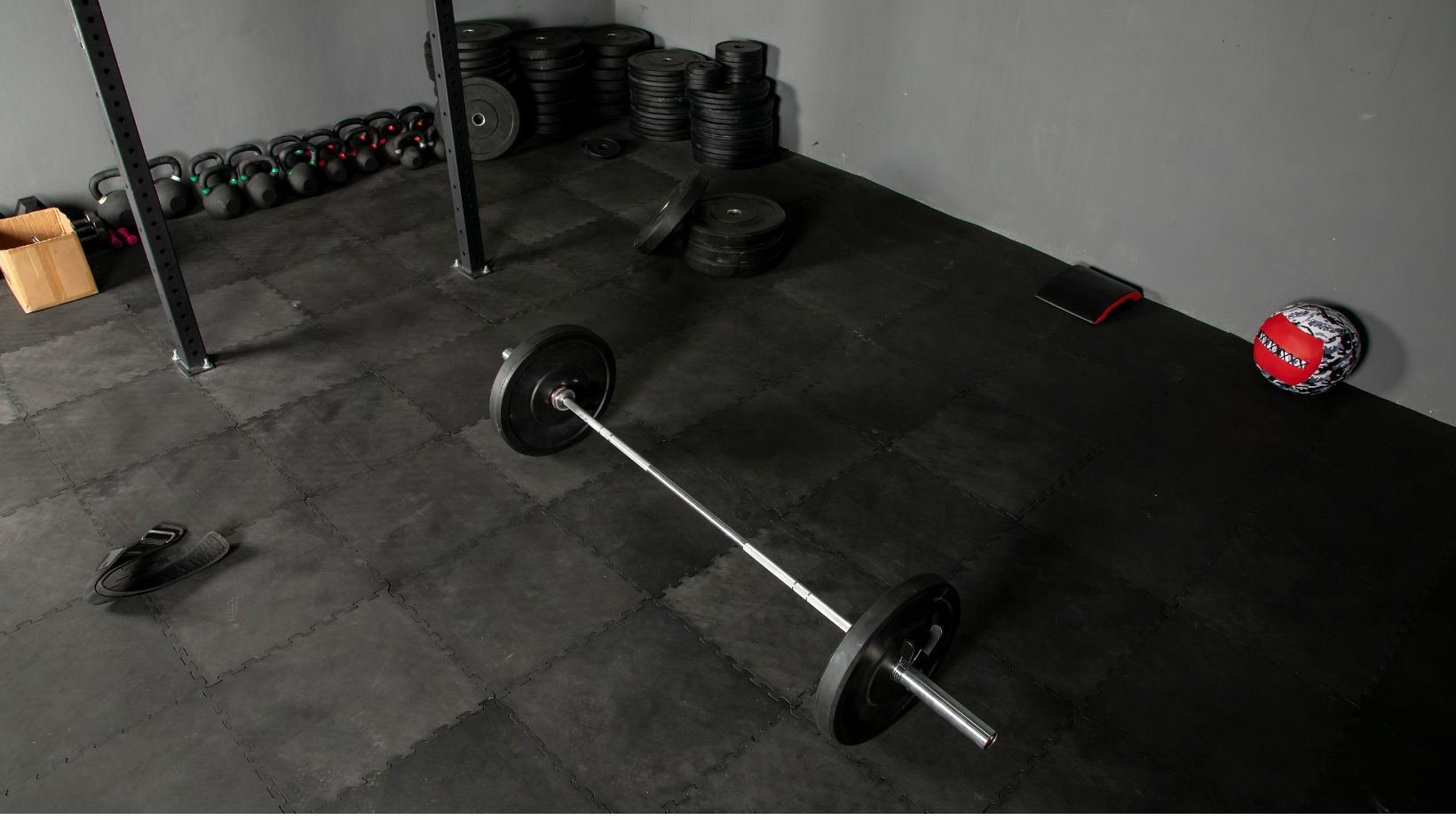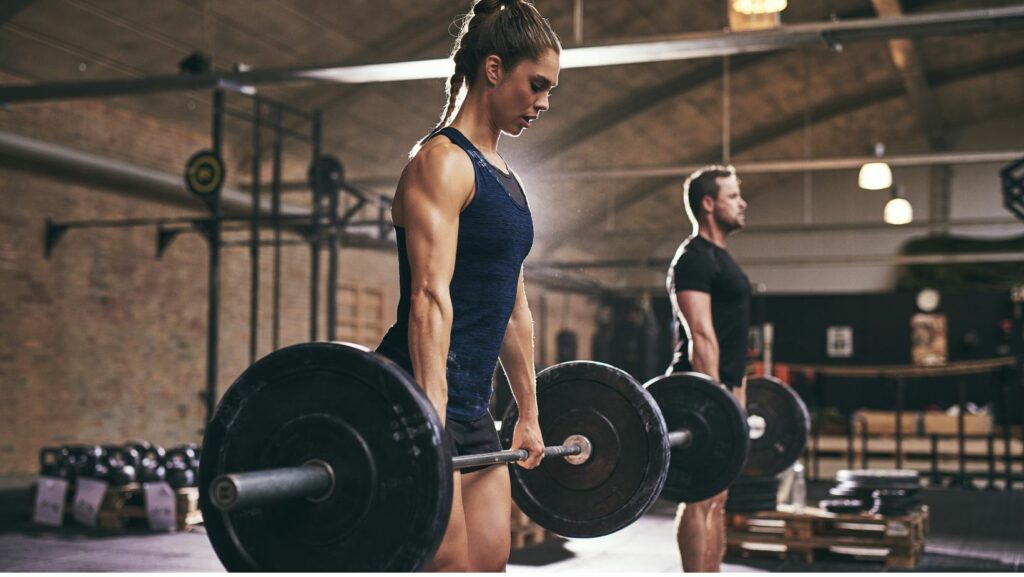Understanding the Essentials
Choosing equipment that aligns precisely with personal training needs can dramatically influence the effectiveness of each workout. While beginners might view Olympic barbells as uniform steel rods, experienced athletes understand that each variation profoundly impacts performance. Identifying a suitable bar involves more than recognizing basic specifications—it demands appreciating nuances across lifting disciplines.
Consider the Specific Discipline
Selecting your perfect bar hinges heavily on your intended use: powerlifting, Olympic weightlifting, CrossFit, or general strength workouts. Each discipline possesses distinct demands, calling for specialized bar attributes. Knowing these subtleties ensures enhanced comfort and measurable gains tailored specifically to personal fitness aspirations.
Barbells for Powerlifting
Powerlifting requires strength, resilience, and the ability to handle substantial weights. Athletes in this sport benefit enormously from stiff, sturdy bars without much flexibility. Rigidity ensures maximal force transfer during squats, deadlifts, and bench presses. Ideal power bars typically feature aggressive knurling for superior grip, minimal whip, and central knurling to secure the bar firmly across shoulders during heavy squats.
Choosing Bars for Olympic Weightlifting
Weightlifters focus on movements such as snatching or cleaning and jerking, and they need equipment that behaves differently. Unlike powerlifting bars, Olympic weightlifting rods feature considerable whip—controlled flexibility essential for dynamic lifts.

The responsive bar aids lifters when transitioning rapidly from floor to overhead, facilitating smoother, safer execution. Moderate knurling, combined with rotating sleeve bearings or bushings, reduces wrist strain and supports fluid movements.
Bars Tailored for CrossFit Athletes
CrossFit workouts uniquely blend diverse lifting styles, demanding versatile equipment. Athletes frequently shift from high-repetition movements to maximum-weight exercises within single sessions. Consequently, CrossFit-specific barbells balance flexibility, durability, and grip. Bars ideal for CrossFit training generally exhibit moderate whip, medium-depth knurling for comfort during repeated lifts, and reliable rotation mechanisms to withstand intense, varied workouts.
General Strength Training Bars
Individuals pursuing overall strength and fitness without specializing in one particular discipline will find value in versatile, multi-purpose barbells. General strength training bars accommodate a broad range of lifts without excelling exclusively in any specific category. These bars typically offer moderate rigidity, standard knurling patterns that maintain grip without discomfort, and durable construction suitable for sustained, frequent use. Affordability, combined with reliable performance, makes them perfect choices for home or commercial gyms.
Knurling: Finding the Ideal Grip
Grip texture—or knurling—varies greatly between bar types, significantly influencing comfort, safety, and performance. Aggressive knurling ensures secure grips under heavy loads, which is advantageous for powerlifting. However, excessive aggressiveness may cause discomfort during high-repetition workouts.

Moderate or light knurling enhances comfort and reduces palm abrasion, which is beneficial for Olympic lifts and CrossFit routines where sustained handling occurs frequently. Recognizing the impact of grip preferences directly contributes to selecting an optimal training tool.
Sleeves and Rotation: Bearing or Bushing?
The smoothness of sleeve rotation remains crucial for lift execution, particularly within Olympic lifts. Bearing-equipped bars offer faster, smoother rotation—preferable for Olympic weightlifting. Bars with bushings, conversely, deliver slower rotation, typically sufficient and reliable for powerlifting, CrossFit, or general-purpose lifting. Determining the preferred rotation style primarily depends upon your lifting discipline and the level of sleeve responsiveness needed to optimize training efficiency.
Making an Informed Decision
Investing thoughtfully in the proper bar enhances performance significantly, amplifies training benefits, and promotes overall lifting safety. Before committing financially, consider carefully how each factor—knurling, flexibility, rotation, and intended usage—aligns directly with your unique training goals. By thoughtfully evaluating these characteristics, lifters guarantee selecting equipment tailored specifically to their personal fitness journey, empowering sustained progress toward their desired strength and conditioning outcomes.

